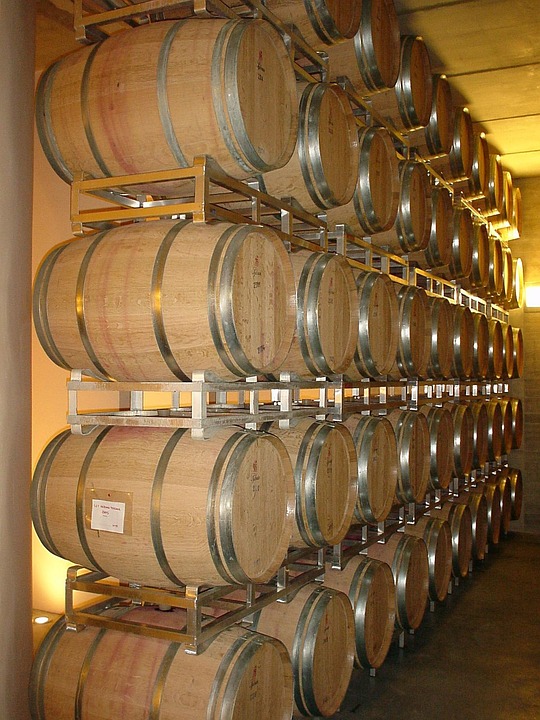Introduction
Time spent in barrel is a crucial factor in determining the final expression of a wine. From the type of barrel used to the length of aging, every decision made during this process impacts the taste, aroma, and overall quality of the wine. In this report, we will explore how time in barrel influences the final expression of a wine, examining the financial implications, industry trends, and the importance of this stage in winemaking.
Barrel Aging Process
Types of Barrels
The type of barrel used for aging wine plays a significant role in the final flavor profile. Oak barrels are the most common choice, with French oak, American oak, and Hungarian oak being the most popular options. Each type of oak imparts different flavors and characteristics to the wine, with French oak known for its subtle vanilla and spice notes, American oak for its bold oakiness, and Hungarian oak for its sweet and spicy aromas.
Length of Aging
The length of time a wine spends in barrel also greatly influences its final expression. Shorter aging periods typically result in a fresher, fruitier wine, while longer aging times lead to more complex, mature flavors. Winemakers carefully monitor the aging process to ensure that the wine reaches its optimal flavor profile before being bottled.
Financial Implications
Cost of Barrels
The cost of barrels can have a significant impact on the overall production expenses of a winery. French oak barrels, for example, are typically more expensive than American oak barrels due to the quality of the wood and the craftsmanship involved in their production. Wineries must carefully consider their budget and production goals when selecting barrels for aging their wines.
Return on Investment
Despite the initial cost of barrels, the aging process can greatly enhance the value of a wine. Wines that have been carefully aged in premium barrels often command higher prices in the market due to their superior quality and complexity. Wineries that invest in quality barrels and prioritize the aging process can see a significant return on their investment in the form of increased sales and brand recognition.
Industry Insights
Trends in Barrel Aging
In recent years, there has been a growing trend towards experimenting with different types of barrels and aging techniques in the winemaking industry. Winemakers are increasingly using barrels made from alternative woods such as acacia or chestnut, as well as incorporating innovative aging methods such as underwater aging or aging in amphorae. These trends reflect a desire to push the boundaries of traditional winemaking and create unique, distinctive wines.
Consumer Preferences
Consumer preferences play a key role in shaping the barrel aging practices of wineries. While some consumers appreciate the rich, oaky flavors that come from prolonged aging in oak barrels, others prefer lighter, fruit-forward wines that have been aged for a shorter period of time. Wineries must carefully balance these preferences and cater to a diverse range of tastes in order to remain competitive in the market.
Conclusion
In conclusion, time spent in barrel is a critical stage in the winemaking process that significantly impacts the final expression of a wine. From the type of barrel used to the length of aging, every decision made during this stage influences the flavor, aroma, and overall quality of the wine. By understanding the financial implications, industry trends, and consumer preferences related to barrel aging, wineries can create wines that are truly exceptional and unique in the market.


